Carbon mountain bike frame are popular among riders who are looking for a bike that is lightweight, strong, and durable. Carbon fiber is a popular material for mountain bike frames because it is lightweight, stiff, and absorbs shock, which makes it ideal for off-road riding.
Carbon fiber mountain bike frames come in different types, and in this blog post, we will discuss the different types of carbon fiber mountain bike frames that are available in the market.
1. Monocoque Frames
The monocoque frame is a popular type of carbon fiber mountain bike frame that is commonly used in high-end bikes. It is made by molding carbon fiber into a one-piece structure that is strong and stiff. Monocoque frames are popular because they are lightweight and provide excellent shock absorption. The downside of this type of frame is that it is expensive to produce.
2. Hybrid Frame
As the name suggests, a hybrid frame is a combination of two materials, carbon fiber, and aluminum. The aluminum is used for the rear end of the bike, while the carbon fiber is used for the front end. This combination provides a bike that is both strong and lightweight. The hybrid frame is ideal for riders who want the best of both worlds.
3. Laminated Frame
The laminated frame is a type of carbon fiber mountain bike frame that is made by layering sheets of carbon fiber on top of each other and bonding them together with epoxy resin. This technique is cheaper than the monocoque technique, but it still provides a strong and stiff frame. The downside of this type of frame is that it is heavier than the monocoque frame.
4. Tube-to-Tube Frame
The tube-to-tube frame is a type of carbon fiber mountain bike frame that is made by bonding individual tubes together to create the frame. This technique is cheaper than the monocoque technique, and it provides a bike that is strong and lightweight. The downside of this type of frame is that it is not as stiff as the monocoque or laminated frames.
5. Truss Frame
The truss frame is a unique type of carbon fiber mountain bike frame that looks like a bridge. The triangular design provides a strong and rigid frame that is ideal for off-road riding. The truss frame is relatively expensive to produce, which makes it a rare type of frame.
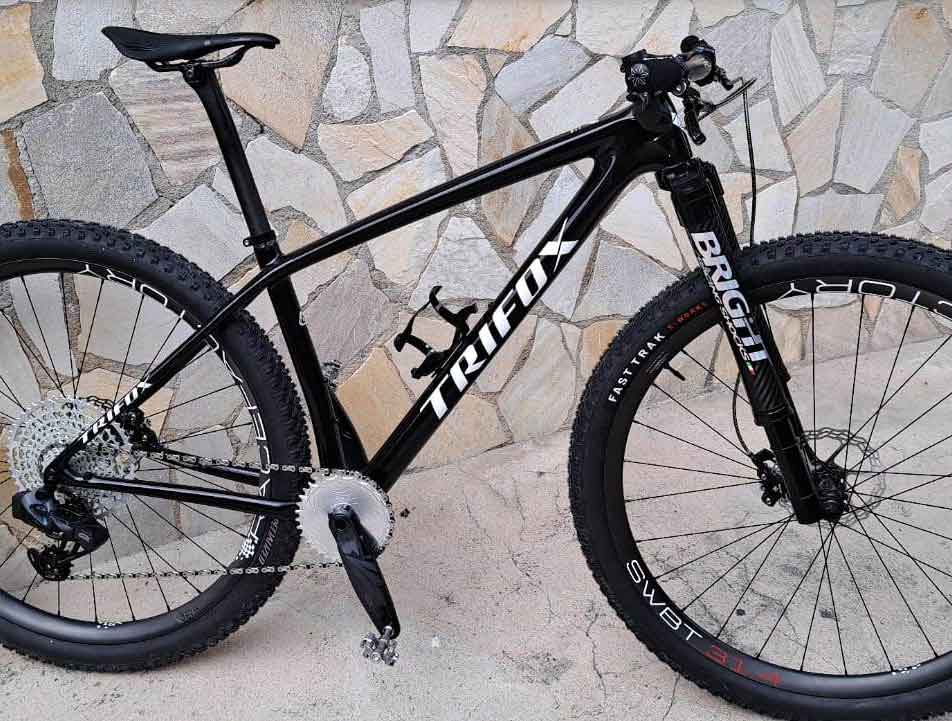
Conclusion:
In conclusion, carbon fiber mountain bike frames come in different types, and riders should choose the one that best suits their riding needs and budget. Monocoque frames are ideal for riders who want the lightest and stiffest frame, while laminated and tube-to-tube frames are cheaper alternatives that still provide a strong and stiff frame. Hybrid frames are ideal for riders who want the best of both worlds, and the truss frame is a rare type of frame that provides a unique design that is strong and rigid.
Whatever type of carbon mountain bike frame you choose, you are guaranteed a bike that is lightweight, strong, and durable, perfect for off-road adventures.
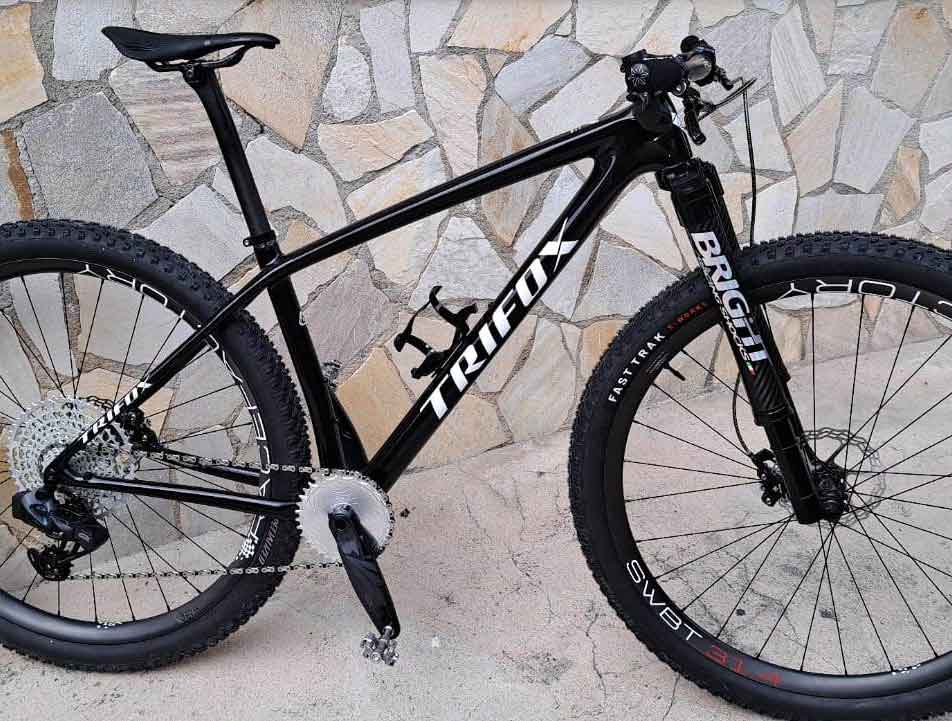
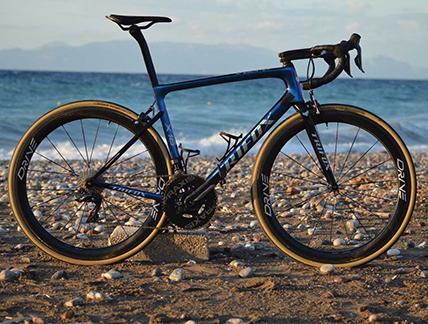
When it comes to choosing the right road bike frameset, there are two popular options to consider: steel and carbon fiber. Both materials have their unique strengths and weaknesses, and each one is suited for different types of riders and riding styles.
In this article, we will discuss the differences between steel and carbon fiber road bike framesets, their pros and cons, and which one is best suited for you.
Steel Road Bike Frameset:
Steel has been the preferred material for road bike frames for decades due to its strength, durability, and ride quality. Steel frames are known for their comfortable and smooth ride thanks to their natural vibration damping properties. They are also ideal for touring and long-distance rides due to their ability to carry heavy loads.
Pros:Comfortable and smooth ride
Durable and long-lasting
Ideal for touring and long-distance rides
Affordable
Cons:Heavy compared to carbon fiber
Not as stiff, making them less responsive
Prone to rust and corrosion if not maintained properly
Carbon Fiber Road Bike Frameset:
Carbon fiber is a relatively new material used in road bike frames, but it has quickly gained popularity due to its light weight, stiffness, and aerodynamic properties. Carbon frames are designed to provide maximum power transfer and responsiveness, making them ideal for racing and high-performance rides.
Pros:
Lightweight and stiff, providing maximum power transfer
Aerodynamic properties reduce wind resistance, increasing speed
Customizable layup for different ride characteristics
Can be molded into complex shapes for improved aesthetics
Cons:
Expensive compared to steel
Not as durable as steel and more prone to damage from impacts
Harsh ride quality due to lack of vibration damping properties
Requires special care and maintenance to avoid damage from UV exposure and stress
Which One to Choose?
Choosing between steel and carbon fiber road bike frameset comes down to your riding style, preferences, and budget. If you prioritize comfort, durability, and affordability, steel is the way to go. It's ideal for touring, long-distance rides, and everyday use.
On the other hand, if you prioritize speed, performance, and aesthetics, carbon fiber is the better choice. It's ideal for racing, high-performance rides, and those who want the lightest and most responsive bike possible. You can find a carbon road bike frameset for you on the Trifox website.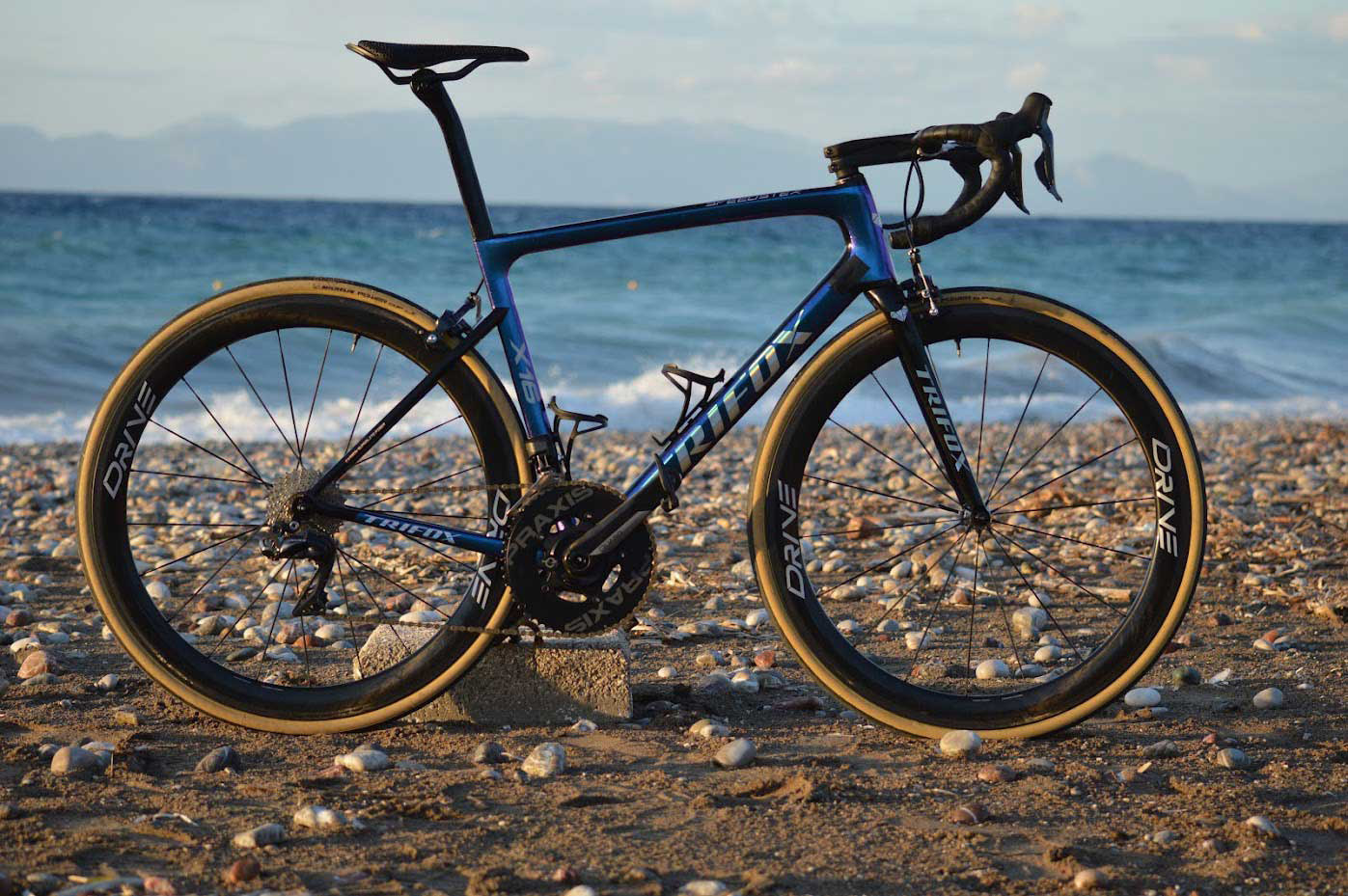
Conclusion:
In conclusion, choosing between road bike steel frameset and carbon road bike frameset comes down to your personal preferences, riding style, and budget. Both materials have their unique strengths and weaknesses, and each one is suited for different types of riders and riding styles.
If you're still unsure which one to choose, we recommend trying out both materials to see which one feels the most comfortable and suitable for you. Remember, the right frameset can make all the difference in your cycling experience, so choose wisely.
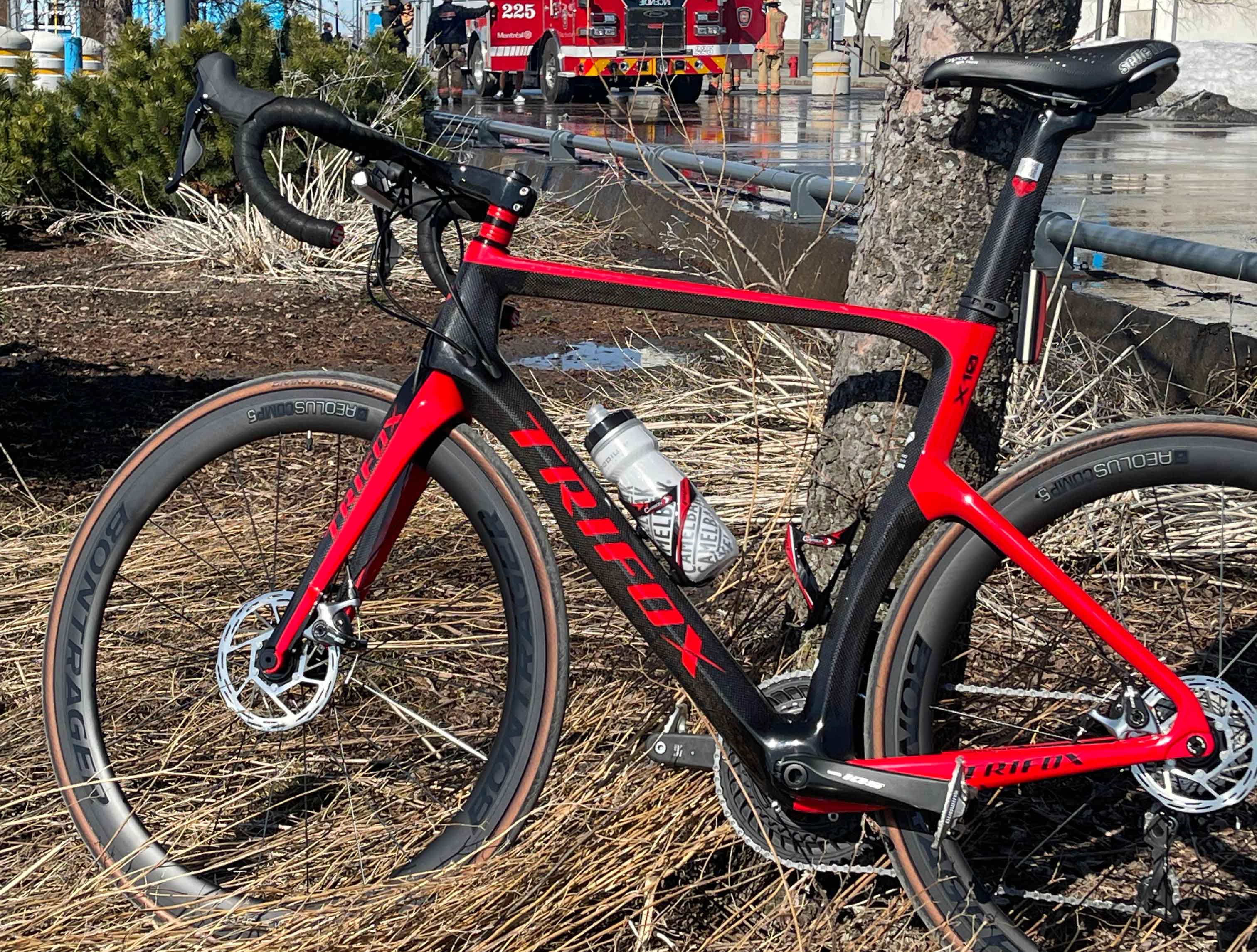
Road biking is a fun and exhilarating way to explore the great outdoors while getting a good workout. But if you're new to the sport, one of the most intimidating aspects can be figuring out what size road bike frame you need. Getting the right fit is crucial for comfort, efficiency, and preventing injury.
The first step in finding the right road bike frame size is to measure yourself. Most bike manufacturers use the measurement of the length of the seat tube to determine frame size, usually measured in centimeters. To measure yourself, stand barefoot with your back against a wall, and measure the distance from the floor to your crotch. This measurement is known as inseam length and is a good starting point for choosing the right frame size.
Once you know your inseam length, you can consult a road bike frame size chart. These charts typically list rider height and inseam length to recommend a frame size. It's important to remember that these charts are just a starting point, and riders may fall in between sizes or have different proportions that affect fit. It's always best to test-ride a bike before purchasing it to ensure a comfortable fit.
In addition to frame size, it’s important to consider other factors that affect fit, such as saddle height and handlebar reach. Saddle height is the distance between the top of the saddle and the center of the bottom bracket, and can be adjusted by raising or lowering the saddle. Handlebar reach is the distance between the saddle and the handlebars and can be adjusted by changing the stem or handlebars themselves.
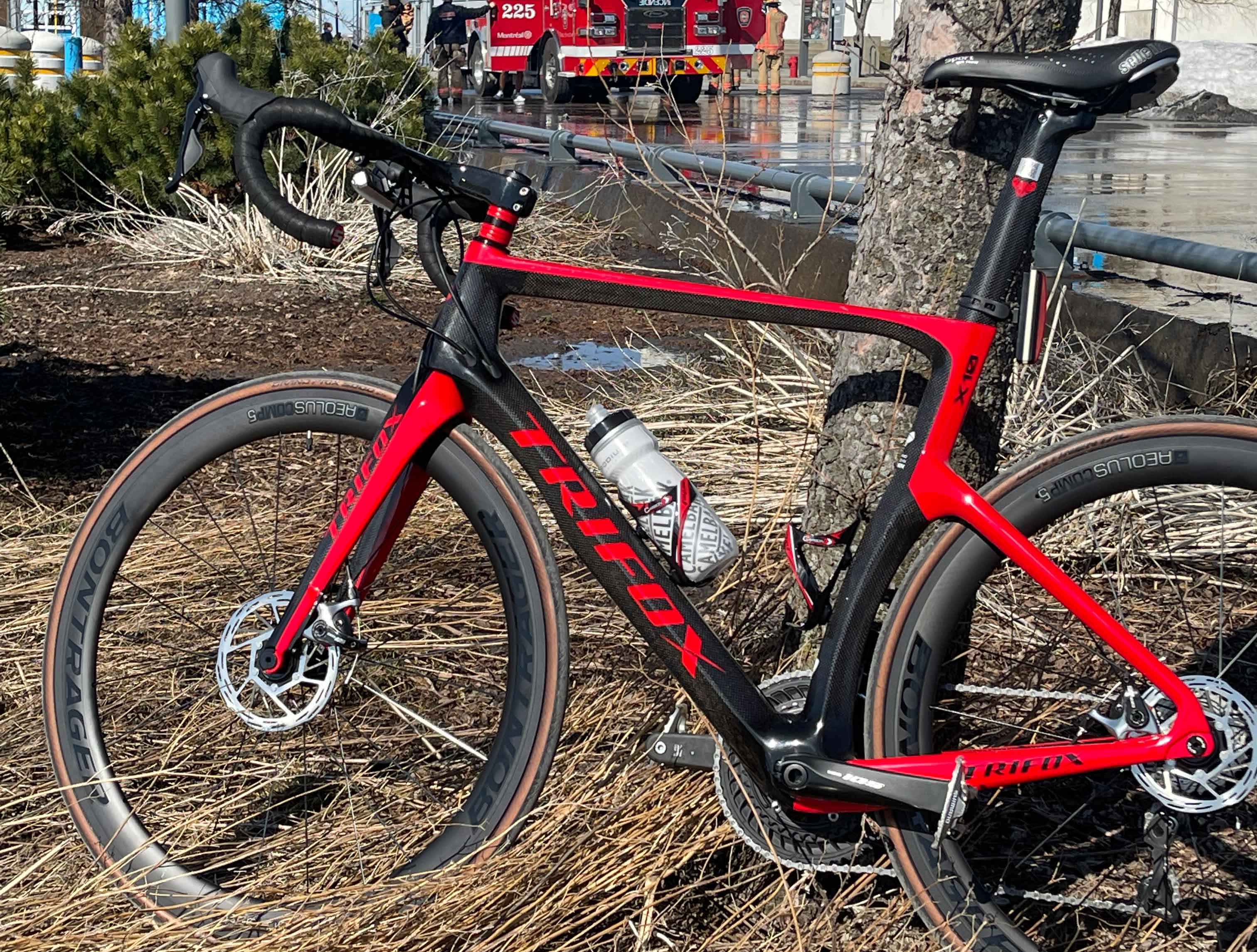
One thing to keep in mind when it comes to frame size is that smaller frames tend to be more maneuverable and easier to handle, but they may not be as comfortable for long rides or for taller riders. Larger frames offer a more upright riding position and are better for taller riders, but can be less maneuverable. It’s all about finding the right balance of comfort and performance for your individual needs.
If you're in the market for a new road bike frame, consider the Trifox 700C Carbon Road Bike Frameset X10. This frame is made from a high-rigid, lightweight carbon fiber combination that provides excellent performance and efficiency. It’s also fully customizable with adjustable seat and chainstay lengths to fit a wide range of rider sizes and preferences.
Conclusion:
Finding the right road bike frame size is essential for getting the most out of your cycling experience. By measuring yourself and consulting a size chart, you can find a starting point for choosing the right size frame.
However, it's important to remember that fitting is an individual process, and other factors like saddle height and handlebar reach can also affect comfort and performance. By taking the time to make adjustments and test-ride different options, you can find the perfect fit for your needs.
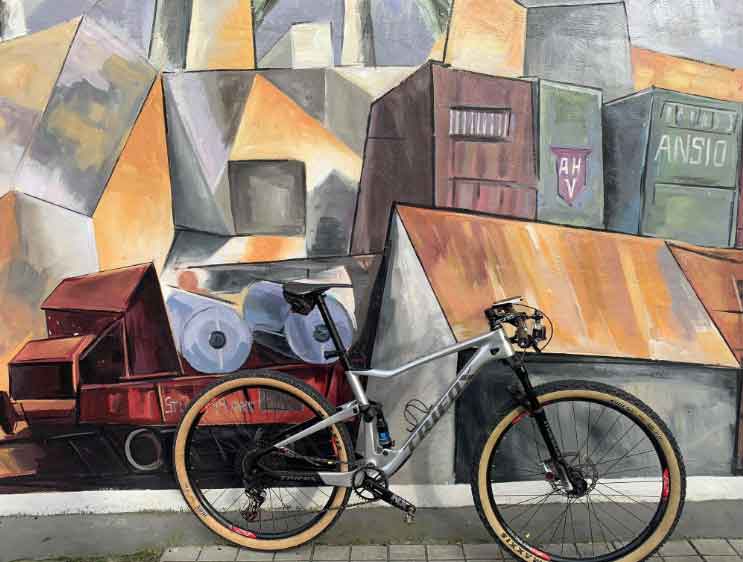
Some tips for adjusting road brakes are not aligned? Many road cyclists are used to it. But this habit is very bad! It could be aligned in the center, but do you want it to be crooked?
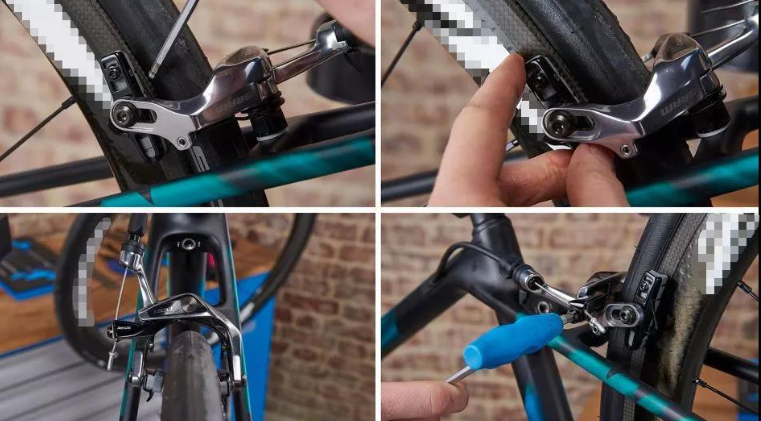
1. Check
The brake pads (or brake shoes) may not be aligned, please check if they are aligned with the center of the brake edge.
2. Release the brake shoe
Turn the Allen key counterclockwise to loosen the brake shoe/brake pad in the caliper, adjust it up and down and level it.
3. Align
Adjust the brake shoe to align the brake pad with the brake edge, and then tighten the fixing screw. Be sure to hold the brake pads when tightening the screws, because the brake pads will move under force when tightening. If it does not meet the requirements, please do it again.
4. Centered
Stand at the rear/front of the car and look at the brake clearances around the caliper.
5. Tighten the clamp fixing screw
It's definitely not good to be invisible! Adjust the fixing screws until the rim is centered.
Many people like to loosen this fixing screw, saying that it can be automatically aligned when braking (for the safety of riders, please be sure to tighten it! Avoid the risk of loosening the fixing screw and the clip falling!)
6. Adjust the brake cable
Fix the brake cable! Adjust the brake spacing! If necessary, loosen the screws and readjust. Although there is usually an adjustment screw for the brake spacing here, I think this screw is mainly used to compensate for the wear of the brake pads and achieve a consistent brake feel.






















































